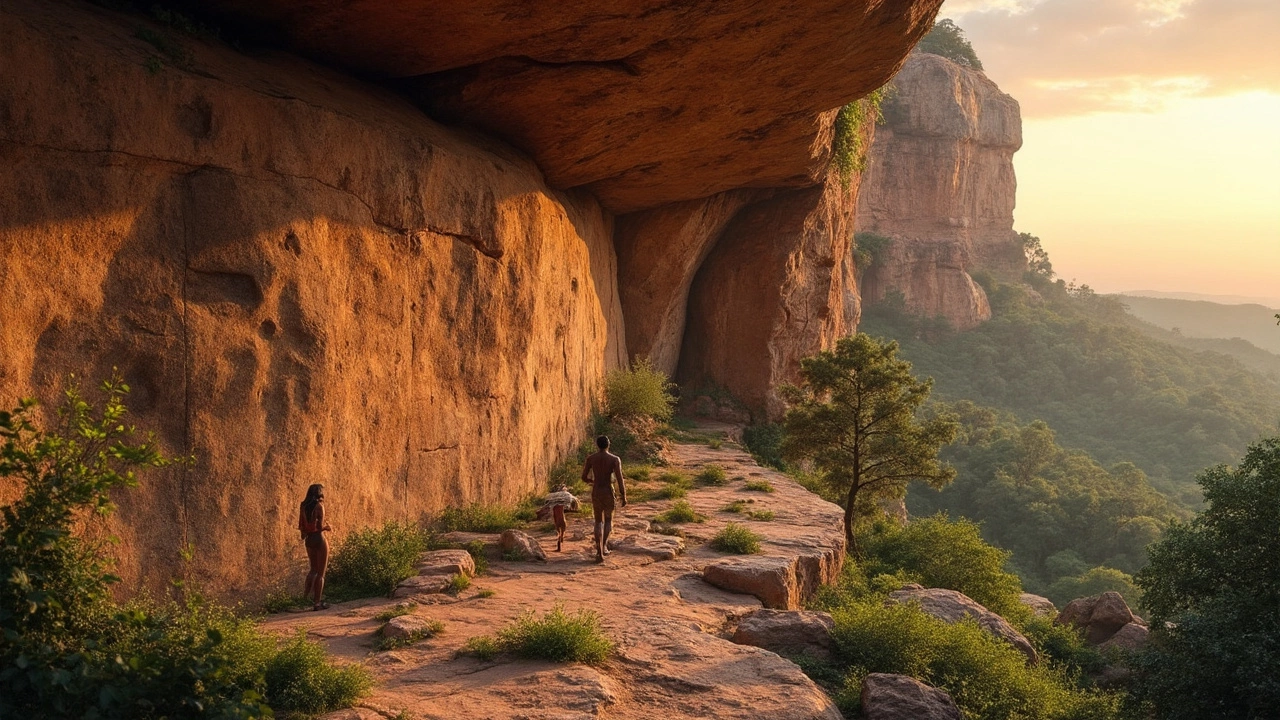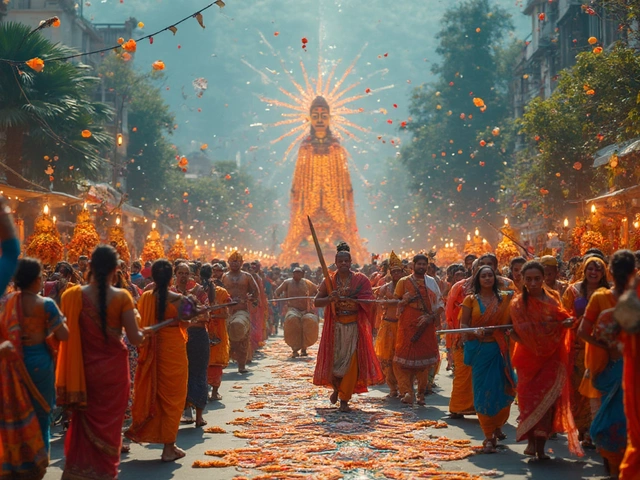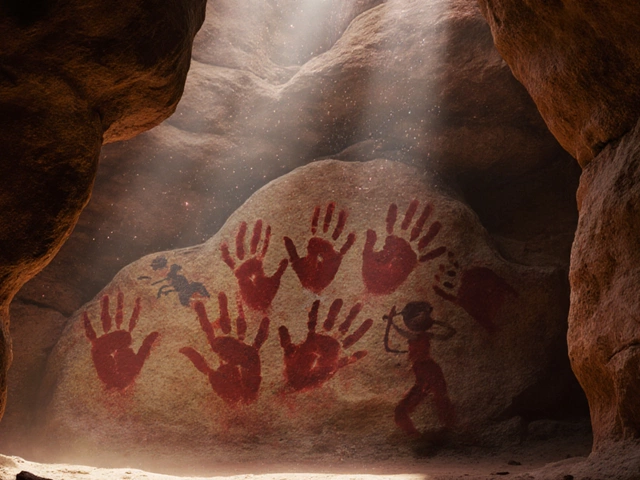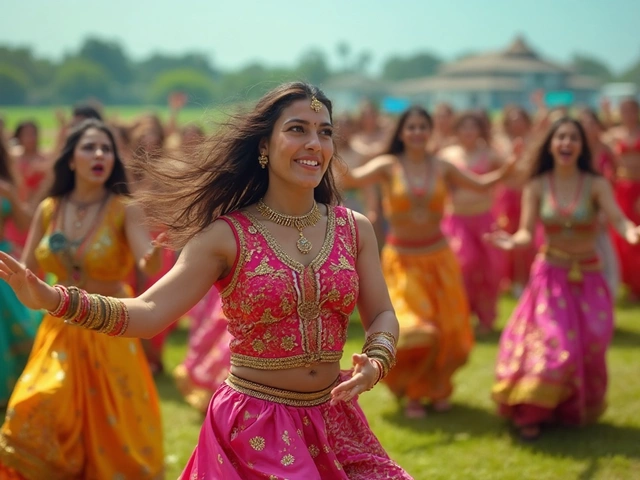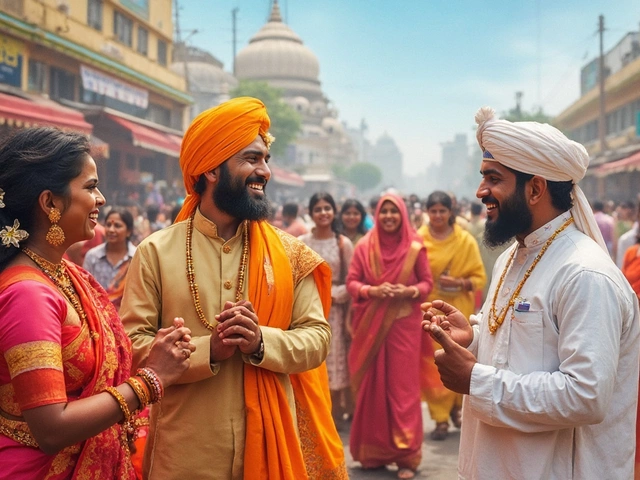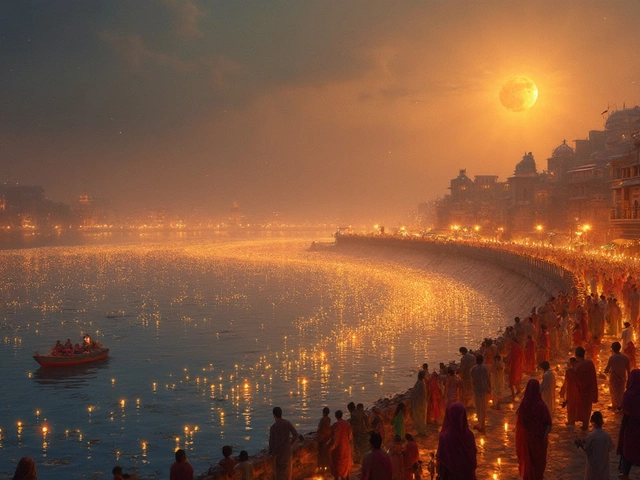Prehistoric Painting: Ancient Art That Shaped India's Visual Culture
When you think of prehistoric painting, early human artwork created before written records, often found in caves and rock shelters. Also known as rock art, it’s the first visual language of humanity. In India, these paintings aren’t just old—they’re alive with meaning. They weren’t made for galleries. They were made for survival, ritual, and memory. The red ochre strokes on the walls of Bhimbetka aren’t decoration. They’re a record of hunting, dancing, and belief, carved by hands thousands of years before the first temple was built.
These paintings connect directly to the roots of what we now call Indian art. The same bold lines and symbolic figures seen in Bhimbetka’s caves echo in today’s Pithora murals of Gujarat and the terracotta figures of the Indus Valley. You can’t understand modern Indian folk art without seeing its prehistoric ancestors. The use of natural pigments, the focus on animals and movement, the storytelling through simplified forms—these weren’t lost. They were passed down, quietly, through generations of tribal and rural communities. Even the earliest Indian sculptors and temple carvers were working from a visual grammar that began in caves.
What makes these paintings so powerful isn’t their age. It’s their honesty. There’s no grand theory behind them. No artist signed them. No king commissioned them. They were made by people who lived close to the land, who watched the seasons, who feared the wild, and who celebrated life in the simplest ways. When you look at a 30,000-year-old painting of a bison in Bhimbetka, you’re not looking at history. You’re looking at a human being who once felt wonder, fear, or joy—and chose to leave that feeling behind.
And that’s why the posts you’ll find here matter. They don’t just describe ancient art. They show how it lives on—in the brushstrokes of tribal artists today, in the motifs of village textiles, in the way Indian culture still honors the earth and its creatures. You’ll find stories about the first known Indian artists, the hidden meanings in cave art, and how these early images shaped everything that came after. This isn’t a museum exhibit. It’s a living thread. And you’re holding one end of it.
